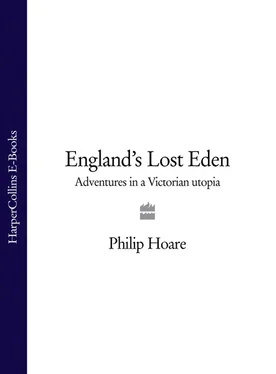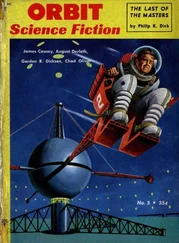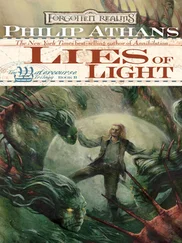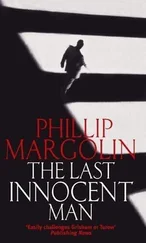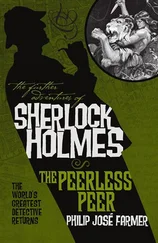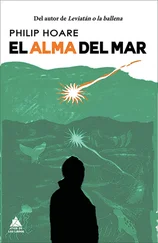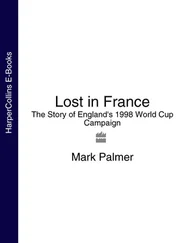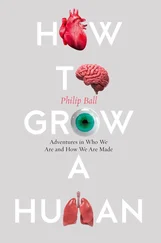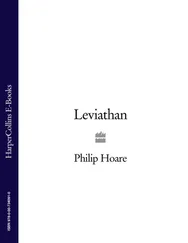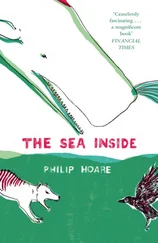The world had always been reluctant to give women a voice; yet more so when their prophecies crossed the barrier between Christian and pagan, between witch and saint. In Yorkshire, Mother Shipton had seen the future from her Knaresborough cave and its dripping well, where I was taken as a boy to see strange objects dangling from a rock ledge, the pale brown mineral-rich water turning soft toys into modern fossils. Around the same time as Shipton made her predictions of telegrams and aeroplanes, the Holy Maid of Kent, Elizabeth Burton, was hanged for prophesying Henry VIII’s death. In Mary Ann’s native East Anglia, the power of magic lingered long after it had faded elsewhere. The eastern counties became home to the Family of Love, a heretical cult imported across the sea from the mirror-lowlands of Holland, which preached that heaven and hell were to be found on earth and that it was possible to recreate Eden through communal living; Ely was declared an ‘island of errors and sectaries’, and parts of this countryside were said to be heathen until the draining of the fens in the 1630s – as if the act of reclamation deprived the land of its ancient aquatic spirits.
Perhaps devils took hold instead. In 1645, Matthew Hopkins, Witchfinder General, instituted his campaign in Suffolk, when neighbour denounced neighbour and women were walked to keep them awake until their demonic familiars came to betray them. Those who miscarried or whose children were stillborn were accused of sacrificing their offspring. At Aldeburgh, seven women were hanged as witches, and the Borough paid Hopkins £2 for his work. Had she been born two centuries earlier, Mary Ann too might have been stripped and searched for the devil’s marks – although her searchers would have found Christ’s.
Two hundred years after Matthew Hopkins’ reign of terror, Mary Ann left Ipswich to travel the villages around Woodbridge and Saxmundham, the land she knew so well from her childhood and where she thought her words would be heard. As she preached in the open air at Little Glemham, it must have been odd for her young children to witness the change in their mother, leaving the family home for the fields of rural Suffolk. Mary Jane, then in her teens, would assist at the services by teaching and playing the piano, although she was soon to marry; William, however, just six years old when Mary Ann’s mission began, would find himself caught up in her cause.
The Primitive Methodists were well represented in these places, and Mary Ann was invited to preach at their chapel at Stratford St Andrew’s. But her unorthodox ideas offended them, and many of those who had listened now refused to hear her increasingly radical ideas. So Mary Ann sermonised in market squares, a soapbox orator in shirtwaist and curls. Unconfined by marriage or maternal duties, she took her message to the disenfranchised and the dispossessed – just as the first British Christians had been lowly peasants who found a new sense of community in their faith, and just as the same common people had been identified as God’s chosen ones during the religious revolutions of the seventeenth century, with its own dreams of ‘utopia and infinite liberty’ and a theocracy led by another East Anglian prophet, Oliver Cromwell. In her version of Christ’s elegantly paradoxical beatitudes, which called for the poor to be rich and the downtrodden to be free, Mary Ann promised social justice and heaven on earth. Those who had failed to find a place in the world could find a home with her, by choosing a new family. And in questioning the morality of marriage, she offered women the right to choose God over slavery; to be freed from the shackles of sexual demands and the dangerous burden of child-bearing. Mary Ann had issued a challenge to the nineteenth-century family, even as she sundered her own: it seemed she really was set to turn the world upside down.
Girlingism, as it became known, embraced those over whom industrialisation had ridden rough-shod. It offered an alternative way of life almost revolutionary in its aims, although its communist ideas were rooted in Scripture. Consciously or not, Mary Ann appeared to be influenced by sects such as the Family of Love and the Diggers and the Ranters of the Interregnum who took the Acts of the Apostles – ‘And all who believe were together and had all things in common’ – as precedent for their communality. In 1649, the Diggers had staked out their allotments on St George’s Hill in Surrey, and although their attempt at Eden, seeing the Second Coming as an earthly return to paradise, lasted little more than a year, the visionary William Everard, whose followers spoke with angels, went on to found other rural Digger communes. These provided patterns for what Mary Ann would attempt. And while she would admit a spiritual kinship with the early Quakers – more extreme in their early expression than in their later quietude – there was another echo to be detected, in the newly emancipated Catholic Church. In 1858, as Christ appeared in Mary Ann’s Ipswich bedroom, another young peasant girl saw the Virgin Mary in a French cave, as if her solemn, beautiful statue had come to life, her robe as blue as the sky from which she had fallen in augury of her Son’s return. Bernadette knelt on the ground and seemed to eat the earth: to some, a symptom of psychological disturbance; to others, an indication of the passion of her visions. In an increasingly secular century, it was no coincidence that the visitations at Lourdes and the agitations of the Girlingites registered simultaneously on the spiritual scale.
Back in Suffolk, Mary Ann’s mission had a direct and intensely personal effect on another young woman. Eliza Folkard, a carpenter’s daughter from Parham, sang in the Methodist choir, but one day she attended a Girlingite meeting and suddenly got up and began to dance. She then spoke for an hour, describing ‘how she had been convinced of sin at the age of 17, but did not give her heart to God until after a long illness’. In a further reflection of Mary Ann’s conversion, she declared that Mrs Girling was truly the herald of the Second Coming, and as she emerged from her trance she embraced her new mother. To others, however, Eliza’s closeness to Mary Ann would lead to the notion that she was in fact her daughter, and perhaps an indication of sin. And where Mary Ann was dark, Eliza had blonde hair, a race memory of Viking invaders: she would become the pulchritudinous face of Girlingism, the angelic obverse to Mary Ann’s darker power.
Eliza’s conversion was followed by that of Henry, or Harry Osborne, described as a ‘rough, uncouth and illiterate farm-labourer, of pugilistic tendencies’ – a useful person when danger threatened. In fact, Harry was a thirty-one-year-old widower and shoemaker; but in this gallery of types, he became Mary Ann’s right-hand man, completing the trinity that she presented to the world – and introducing new rumours about their own relationship.
Within eighteen months Girlingism had fifty adherents, for whom it was compulsory to receive ‘the Spirit, or the baptism of the New Life’ and to practise celibacy, without which they could not be accepted by the Saviour on His return, ‘which was expected to be sudden as the lightning’s flash’. Anyone joining the group had to give up all their worldly goods; from there on ‘the old ties of husband, wife and lover were to be lost in a fraternal bond’; they were now all brothers and sisters, living ‘a pure and holy life’. Mary Ann was known as Sister: her sororial title was levelling and egalitarian, but it also gave her a sense of pre-ordained mission. As a universal relative, she cast off her wedded status and assumed a new role, that of a secular nun or religious nurse.
This was neither an unusual self-discovery, nor a disreputable one: the most famous sister of the age, the high-born Florence Nightingale, had recently entered imperial iconography as the Lady with the Lamp, inspired by her own three visions of Christ; while the empire itself was ruled over by a matriarch queen from her seaside home on the Isle of Wight. But it was also the coming era of the New Woman, and Mary Ann would be seen as part of these powerful moves towards a new female identity: ‘She stands forth, in this age of “woman’s mission”, fearlessly to lead and encourage a pure society based upon the inward law of her nature’, claimed one new age magazine; although a more hostile account saw her as ‘a curious growth of the “Women’s Right” genus, from a theological point of view; and when she stretches her bony arms, in all the warmth of native eloquence, she reminds one of a pious scarecrow tossed in the winds of fanaticism and superstition and set up as a terror to evil doers in the way of religious enthusiasm.’
Читать дальше
